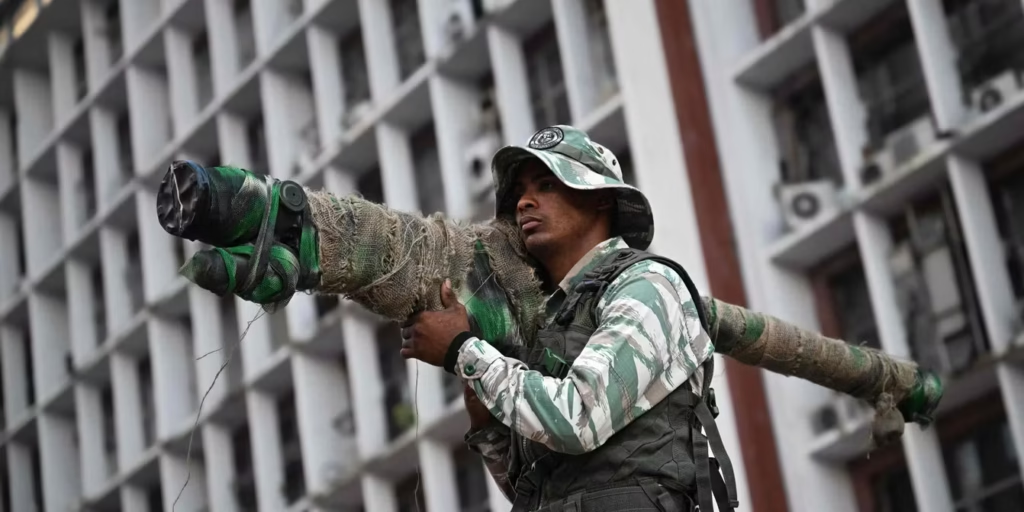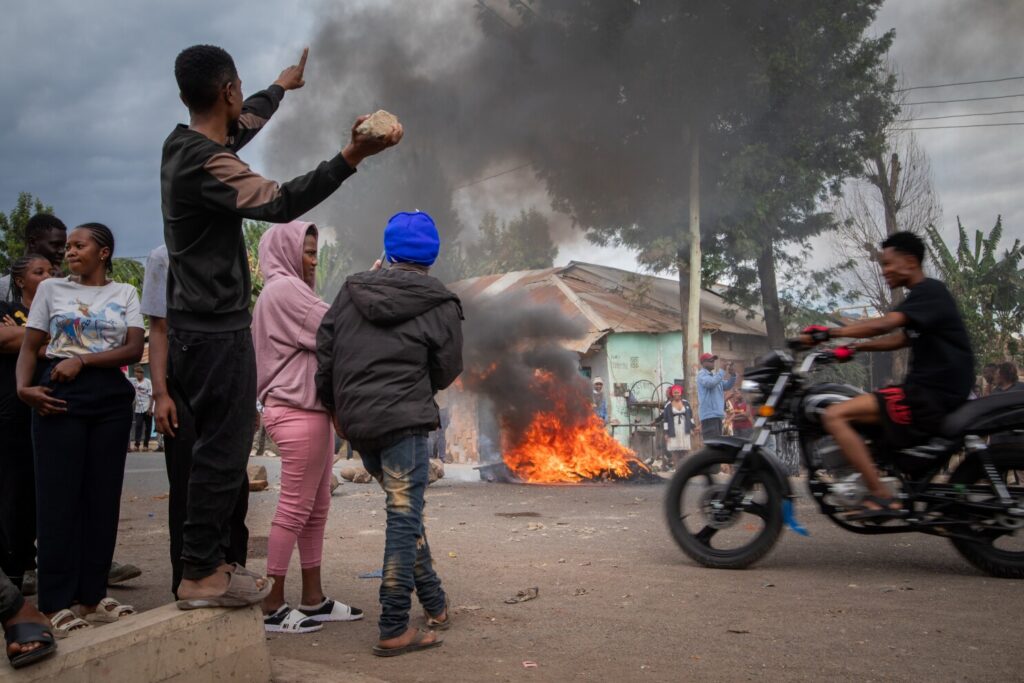
Since the Iranian regime effectively removed the constraints imposed by the 2015 nuclear deal, it has accelerated its missile programme at a pace that reflects a government surviving on threats.
This missile programme no longer appears to be a conventional deterrence strategy; rather, it is a security façade the regime uses to mask structural failures, all while the country sinks deeper into economic, social and institutional crisis.
Instead of investing in civilian infrastructure or economic stability, Tehran is now investing in underground sites at Natanz and Taleghan 2 to store warheads and build missile fuel facilities.
Satellite images from international research centres show underground construction near nuclear sites, evidence of an expansion seemingly motivated by earlier Israeli strikes.
China is playing a discreet role as technical supplier and sanction-evader for Iran’s missile system, facilitating components, alternative currencies and sanction work-arounds.
That said, sources say the China-Iran relationship is ad hoc, not a full defence alliance, weakening Iran’s claim to full strategic deterrence.
European diplomatic sources say that countries such as France, Germany and United Kingdom view Iran’s ballistic-missile programme as an independent regional and European security threat.
Despite Iran’s portrayal of its missile capabilities as strategic deterrence, intelligence analysis suggests persistent weaknesses in range, accuracy and component supply, making the programme more of a burden than a real threat.
More broadly, Iran’s behaviour appears less aimed at avoiding escalation and more at maintaining a constant role in any potential crisis. This means domestic militarisation becomes intertwined with external threat-posturing.
In that sense, Iran is not just preparing for defence; it is climbing into a state of military chaos by treating missiles as political tools rather than purely military ones. The underground sites, dual-use facilities, unclear intentions and lack of transparency all cast serious doubts over stability in the region.
Analyst Amin al‑Rashidi argues the missile systems may lack technological superiority, but they generate persistent tension, undermine investment and destabilise neighbouring defence balances.
Meanwhile, the departure from the nuclear agreement’s framework came with Iran declaring the deal’s limits expired, underscoring its shift toward shelfing negotiation in favour of expansion.
In summary, Iran’s pivot reflects a transition from a state on the verge of nuclear capability or deterrence to one embracing indefinite militarised posture, where missiles are no longer simply tools of defence but instruments of ongoing pressure.




